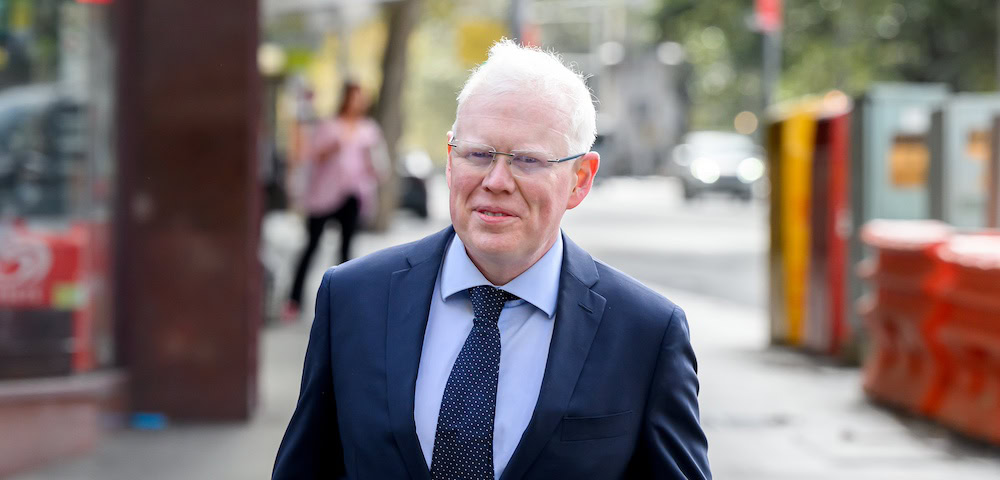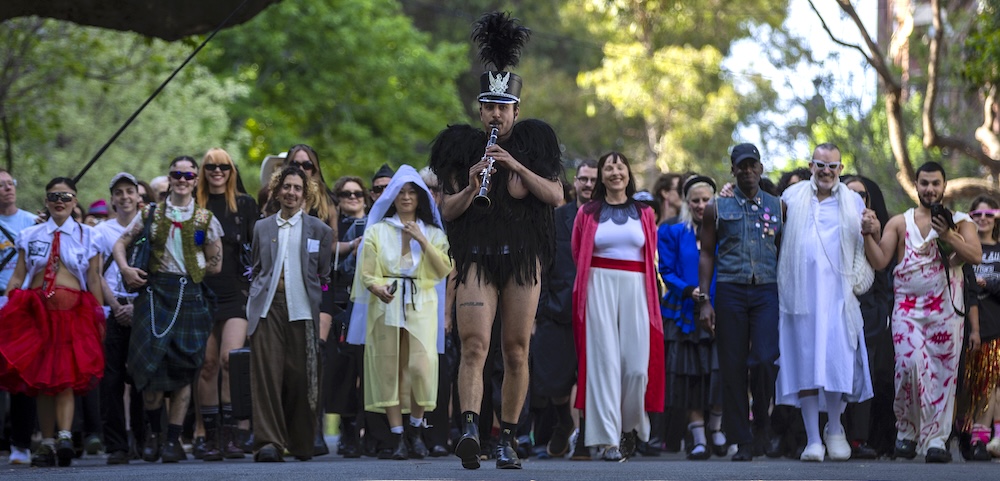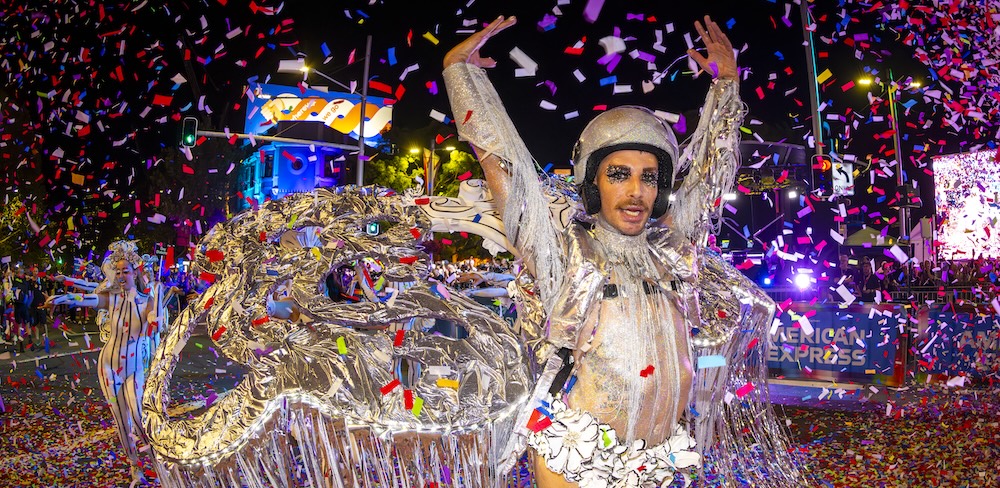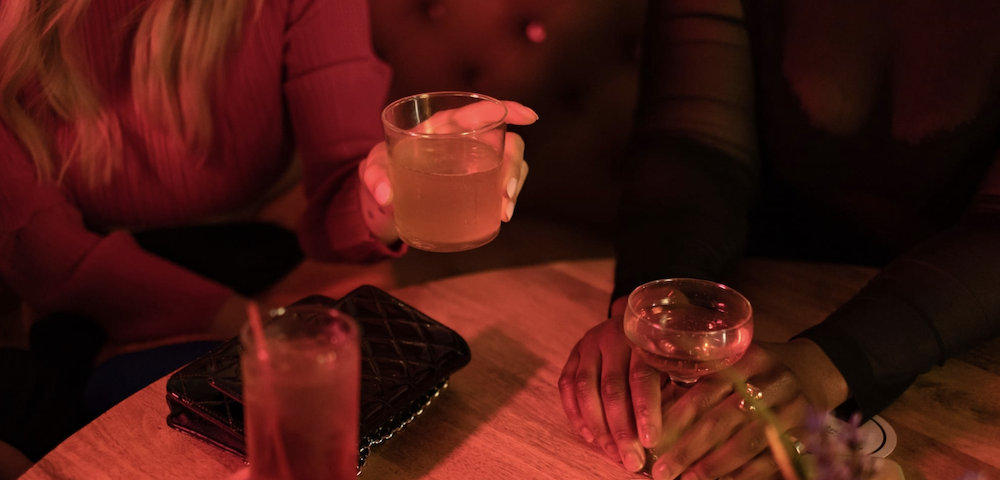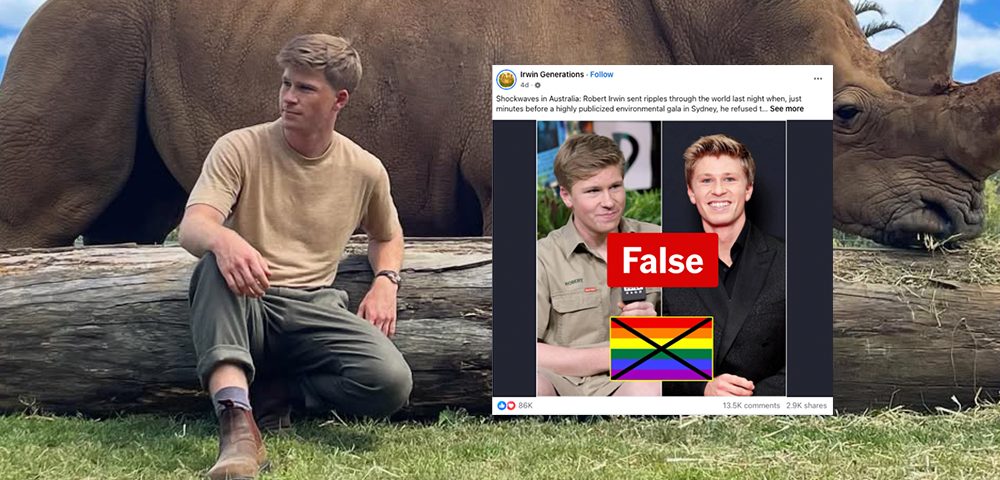
Death, drugs and videotape
Only after filmmaker Esther Robinson began working under the Andy Warhol Foundation for the Arts did her grandmother finally reveal the secret of the family’s first experimental filmmaker.
A rarely discussed missing gay uncle had been Warhol’s lover and cinematic collaborator in the 1960s.
With her grandmother’s blessing, Robinson began filming a documentary about her uncle Danny Williams (pictured) and his journey from preppy Harvard student to the amphetamine addict who disappeared off a cape near his family’s home aged just 27.
My first memory of Danny was hearing my grandmother say he went to sea. But what does that mean? She could only open up by thinking of it as for -˜Esther’s movie’ rather than, -˜Why I don’t talk about my gay son?’ Robinson said.
We tried to pull Danny from whatever we could. I knew the territory would be treacherous. Both my family and the Warhol Factory crowd found it painful to remember.
For my mother and Uncle David, who both appear in the film, it’s just a relief to talk about it openly.
The Williams described by his Factory colleagues was either an underrated young filmmaker, credited by Variety as the mastermind behind the groundbreaking Exploding Plastic Inevitable light show, or merely Warhol’s live-in lover.
But by 1966 Williams was on the outside, dumped by Warhol, addicted to amphetamines, and isolated by the Factory crew eager to make secure their own place in the Warhol circus.
We can look back at those people at the Factory and say they were mean-spirited. But imagine if all the work you did during that time is ascribed to somebody else -“ that is the pain that you see, Robinson said.
But in interviewing the strong-willed characters, like Factory favourite Brigid Berlin and Warhol manager Paul Morrissey, Robinson said despite all their failings she felt tenderness for them.
Danny would have been in the same position. Danny would be carving out his piece -“ it’s endemic in that crowd.
Those that entered the Factory with a clear sense of himself or herself as an artist came out the best. If he’d been strong he’d have prospered, but he was really into the drugs, she said.
Robinson said she was ambivalent at first. But after more than a year of filming interviews she was able to see Danny’s films for the first time, and recognised much of her own aesthetic.
My grandmother got to see them just three hours before she died. It was truly important to her that he became a filmmaker. But she’d seen Warhol’s Chelsea Girls and was horrified that it would be gay content with drugs, she said.
His films are euphoric, happy and beautiful. She missed out because of her fear. Like many parents who can’t embrace their gay children.
Robinson explores the possibilities of how and why her uncle disappeared while driving by the sea, but doesn’t offer a definite answer.
We know he had drugs at the time, so perhaps after fighting with his family he fortified up and took a swim and misjudged, or started coming down and walked into the sea. All of those are possible, she said.
For me what’s important is that people need the right to disappear. That final act, whatever he chose, I can’t own his final act, only he can.
In my fantasy, I wish he’d made it to California. If only he left New York and went to San Francisco, and held on a few more years -“ to be a gay man in San Francisco in 1968 was so awesome.
A Walk Into The Sea: Danny Williams And The Warhol Factory screens 9 and 11 June for the Sydney Film Festival, accompanied by short film I Just Wanted To Be Somebody on gay enemy Anita Bryant. Book through Ticketmaster on 136 100 or visit sydneyfilmfestival.org for more information.




